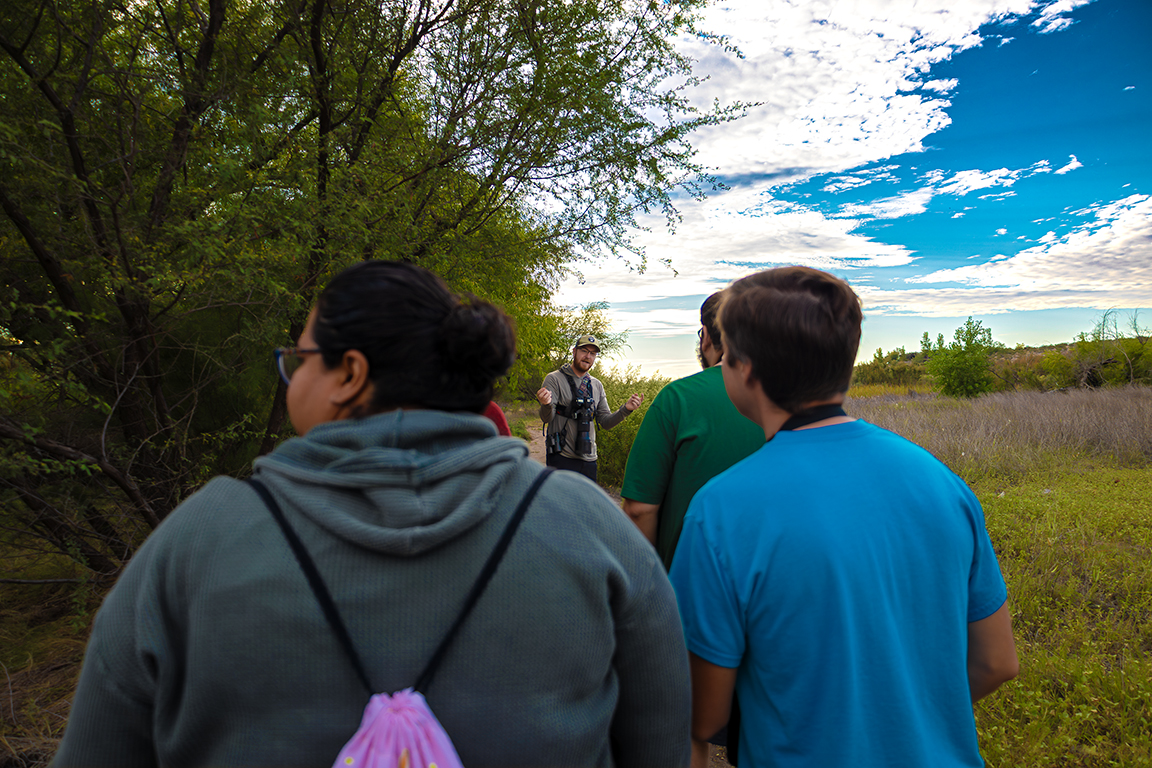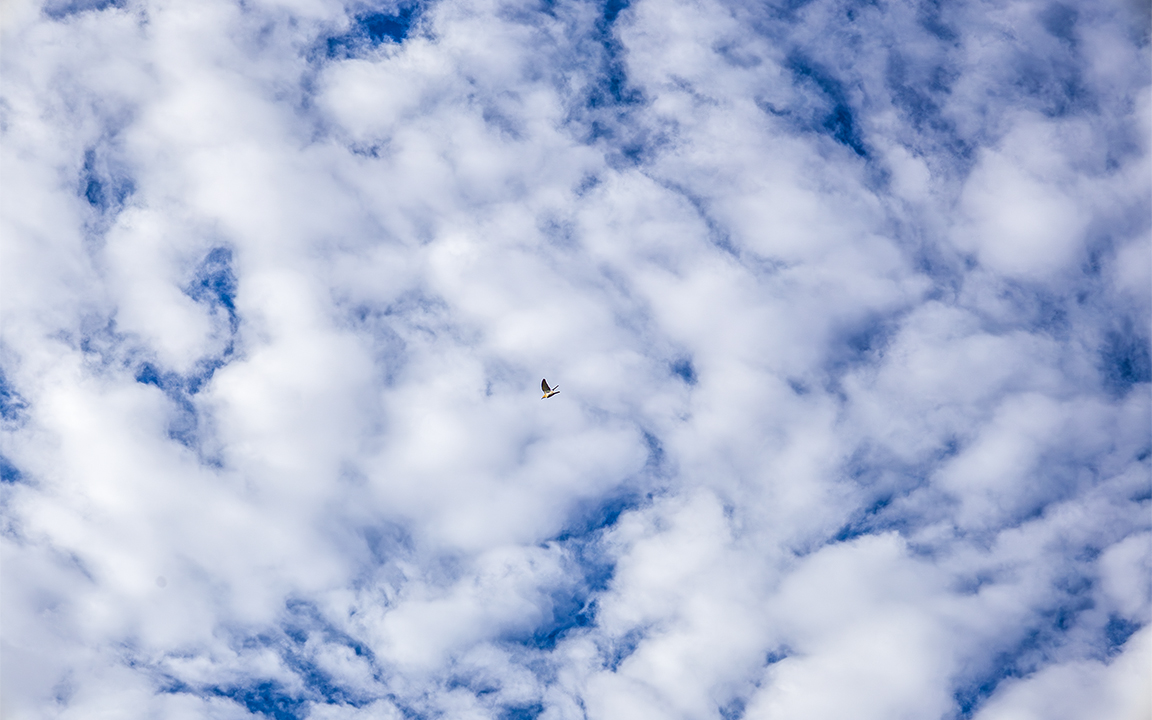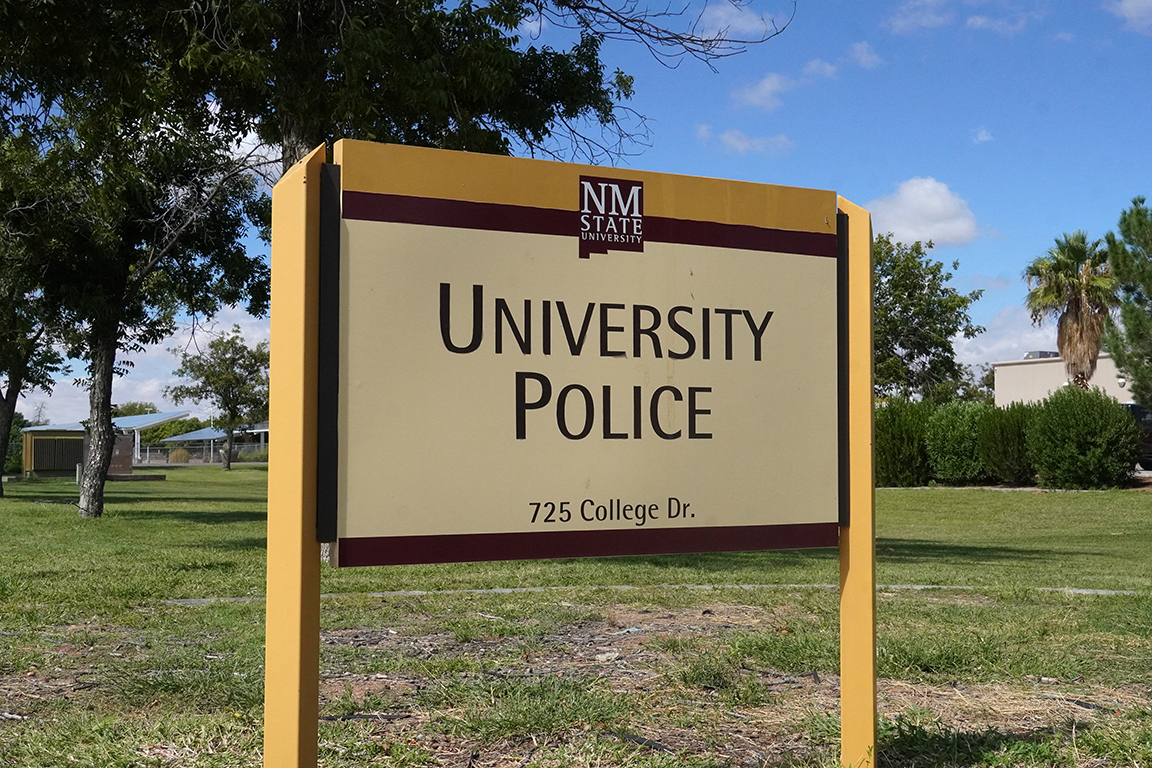Although they were not visible, visitors at the park could hear the calls and chirps of migratory birds; from White-winged Doves to American Kestrels. NMSU’s Avian Migration Program invited community members to Mesilla Valley Bosque State Park’s Migration Day on Oct. 11, from 7:30 to 11:00 a.m.
Mesilla Valley Bosque State Park is just outside the town of Mesilla, across from the Rio Grande. It protects a riverside forest ecosystem, known as a ‘bosque,’ home to several species of animals. During autumn, bird species across North America migrate south to prepare for winter. Along the way, these animals make stops at certain locations, the Mesilla Valley Bosque State Park included. The preserve also serves as a home for native birds that stay in the area year-round, known as ‘residents.’
Students of the Avian Migration Program, like Jeremiah Fierro, attended the event to capture the birds with photography. Fierro said community events like Migration Day help inform the public about the ecology of migratory birds.
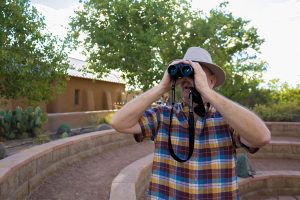
“We just wanted to do a community outreach, get people interested in birds and migration,” Fierro said. “Just because people really love creatures, and some of them are dying, they need conservation. To do that is to make people aware that they need help.”
Other members of the program tabled at the event to inform visitors about some of the scientific practices performed on birds. Juliemar Cuevas-Hernandez talked to people about banding birds.
“So, the USGS (U.S. Geological Survey) is responsible for the banding lab and so, these are the bands that we band them with. And each band is made from, I think, aluminum,” Cuevas-Hernandez said. “And then when we process them, we give them a unique code, and we write down other data. Like their weight, their tail length, wing cord length, and fat score. A fat score is basically to measure how much fat they have stored on their body, and we score it from zero to seven, and that can tell us a little bit about the bird.”
Banded birds are also added to a database that records each individual. Community members can report sightings of living or deceased birds in the database.
“So, if you ever find a bird on the ground that’s dead and it has a metal band, you want to report that. There is a website where you can put that code in, and then it will tell you information about that bird,” Cuevas-Hernandez said.
Both scientists and amateurs use tools to identify the sounds of birds that may otherwise not be visible. Community member Robert Hull talked about Cornell University’s Merlin Bird ID app, which he used to identify bird calls during the event.
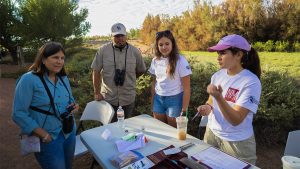
“You can also report your sightings nationally,” Hull said. “And they like that. They go, you know, ‘What did you see today at this park?’ And you think, ‘Well, who cares?’ But it all adds up, right? Then they can track the migration patterns. They can track the population, and if things are up and down. It is called citizen science; that’s a useful thing.”
Head of the Avian Migration Program, Tim Wright, said birds of the Las Cruces area are unique for their adaptation to the sparseness and aridity of the region, and they should be appreciated for those traits.
“They’re good at finding food that may be very seasonal or maybe very patchy in its location,” Wright said. “We both have residents who live here year-round, and then we have migrants pass through and are just here in the winter or passing through during the spring and fall. So really interesting, different strategies for how to find the resources they need to raise young and carry on their genetic line.”


